blog»Digital Marketing»Outsmart Your Rivals: Top 10 Tools Every E-commerce Marketer Needs for Competitor Research

Outsmart Your Rivals: Top 10 Tools Every E-commerce Marketer Needs for Competitor Research
2024/02/26
You can read this article in about 19 minutes
Chapter 1: Introduction
In the fast-paced world of e-commerce, staying ahead of your competitors is not just an advantage—it’s a necessity. The landscape is constantly evolving, driven by changing consumer behaviors, technological advancements, and market trends. As a result, e-commerce marketers are under continuous pressure to not only keep up but also stay one step ahead. This is where the art and science of competitor research come into play, offering invaluable insights that can help shape winning strategies.
But how do you effectively uncover the secrets of your competitors’ success and learn from their missteps? The answer lies in leveraging the right tools. From understanding traffic patterns and SEO strategies to decoding social media engagement and tech stacks, the right set of tools can provide a panoramic view of your competitive landscape. However, with many options available, selecting the most effective ones can be daunting.
That’s why we’ve curated a list of the top 10 tools every e-commerce marketer needs to conduct thorough competitor research. These tools are not just about spying on your competitors; they’re about gaining a deeper understanding of the market, identifying growth opportunities, and crafting strategies that resonate with your target audience. Whether you’re a seasoned marketer or new to the e-commerce world, these tools will empower you to make data-driven decisions and elevate your business to new heights.
In this guide, we’ll explore each tool’s unique features, how they can be applied to e-commerce marketing, and why they are indispensable in the modern marketer’s arsenal. So, let’s dive in and discover how you can transform insights into action and turn competition into inspiration.
Chapter 2: Broad-Spectrum Analysis Tools
1. SimilarWeb: SimilarWeb stands out as an indispensable asset for e-commerce marketers aiming to unlock the mysteries behind competitor traffic and customer engagement. This robust platform provides a wealth of data, from overall traffic and engagement rates to audience demographics and journey paths. By leveraging SimilarWeb, marketers can uncover where competitors’ traffic originates, the effectiveness of their marketing strategies, and how they stack up in terms of online presence. This insight is crucial for identifying market trends and understanding consumer behavior, enabling you to tailor your strategies to capture your target audience effectively.
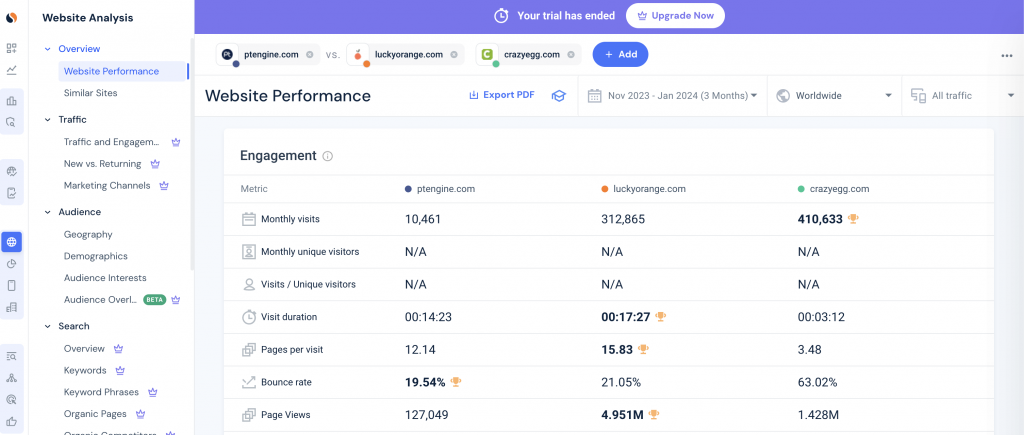
2. SEMrush: SEMrush is a powerhouse for those looking to dive deep into SEO and marketing analytics. It offers an extensive suite of tools that cover everything from keyword research and site audits to competitor analysis and PPC insights. By understanding the keywords driving traffic to competitors’ sites and the performance of their ad campaigns, e-commerce marketers can refine their own SEO and advertising strategies. SEMrush also provides valuable backlink analysis, helping you understand and improve your site’s authority and visibility in search engine results.
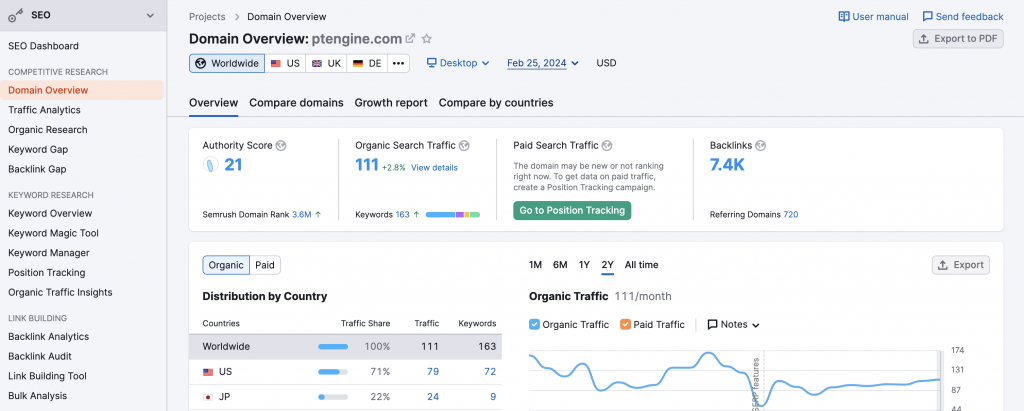
3. Ahrefs: Ahrefs is renowned for its advanced backlink analysis and comprehensive SEO insights. It’s an essential tool for e-commerce marketers looking to dissect their competitors’ SEO strategies and uncover new link-building opportunities. Ahrefs allows you to monitor your competitors’ backlink profiles, pinpointing where their authority stems from. Additionally, its keyword tracking and content analysis features enable you to identify content gaps and emerging trends within your industry, helping you to craft content that truly resonates with your audience and boosts your SEO efforts.

By incorporating these broad-spectrum analysis tools into your competitive research strategy, you can gain a holistic understanding of your market landscape, uncover hidden opportunities, and craft strategies that place you ahead of the competition.
Chapter 3: Technology and Infrastructure Insights
4. BuiltWith: BuiltWith offers a deep dive into the technologies powering any website, providing e-commerce marketers with the competitive edge of understanding the digital infrastructure of their competitors. This tool reveals the behind-the-scenes elements such as e-commerce platforms, analytics tools, marketing plugins, and more. By identifying the technologies your competitors are investing in, you can gauge their priorities, technological sophistication, and potential areas for improvement in your own tech stack. BuiltWith allows you to make informed decisions on whether to adopt, avoid, or improve upon the technologies used by your market rivals.
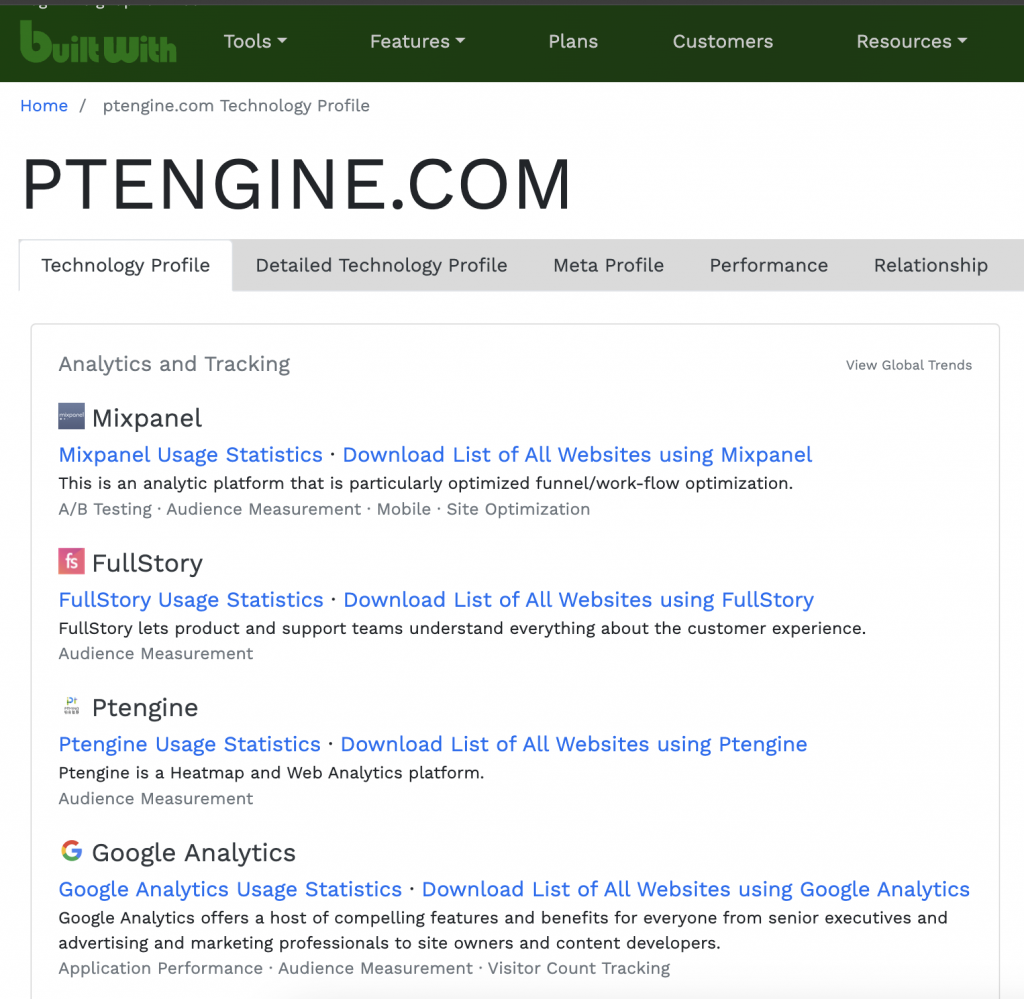
5. Wappalyzer: Wappalyzer simplifies the process of uncovering the technologies used by your competitors. It offers quick insights into the CMS, CRM, e-commerce platforms, and other tools your competitors are using. This information is crucial for e-commerce marketers looking to understand the technological landscape of their industry and identify potential advantages or weaknesses in their own online infrastructure. By leveraging Wappalyzer, you can ensure that your website is equipped with the best tools to meet customer needs and stay ahead in the competitive digital marketplace.

6. SimilarTech: SimilarTech extends beyond just identifying technologies; it provides sales leads, market analysis, and tech adoption trends. This tool is especially valuable for e-commerce marketers who wish to understand not only what technologies their competitors are using but also how widespread these technologies are across the industry. With SimilarTech, you can track the adoption rates of different technologies and pinpoint emerging trends, helping you to stay ahead of the curve and make data-driven decisions about your own technology investments.

These tools focused on technology and infrastructure provide essential insights for e-commerce marketers, allowing them to not only understand what their competitors are doing but also how they can enhance their own platforms to improve user experience and operational efficiency.
Chapter 4: Market and Investment Trends
7. Crunchbase: Crunchbase is a goldmine for e-commerce marketers aiming to stay abreast of market dynamics and investment trends. It provides detailed information on companies worldwide, including funding rounds, acquisitions, and key personnel changes. This tool is invaluable for understanding the financial health and growth trajectory of your competitors, as well as emerging market entrants. By analyzing these trends, you can gauge market sentiment, investment priorities, and potential shifts in the competitive landscape, enabling strategic adjustments to your marketing and investment approaches.

8. Owler: Owler shines by offering comprehensive competitive insights including company news, revenue estimates, and major business developments. For e-commerce marketers, staying updated with real-time alerts on competitors’ moves can be a game-changer. Owler’s crowdsourced data model ensures a broad perspective on industry happenings, helping you to anticipate market shifts and adjust your strategies accordingly. Utilizing Owler to monitor competitor activities, from funding news to product launches, empowers you to make informed, proactive decisions in your marketing campaigns.
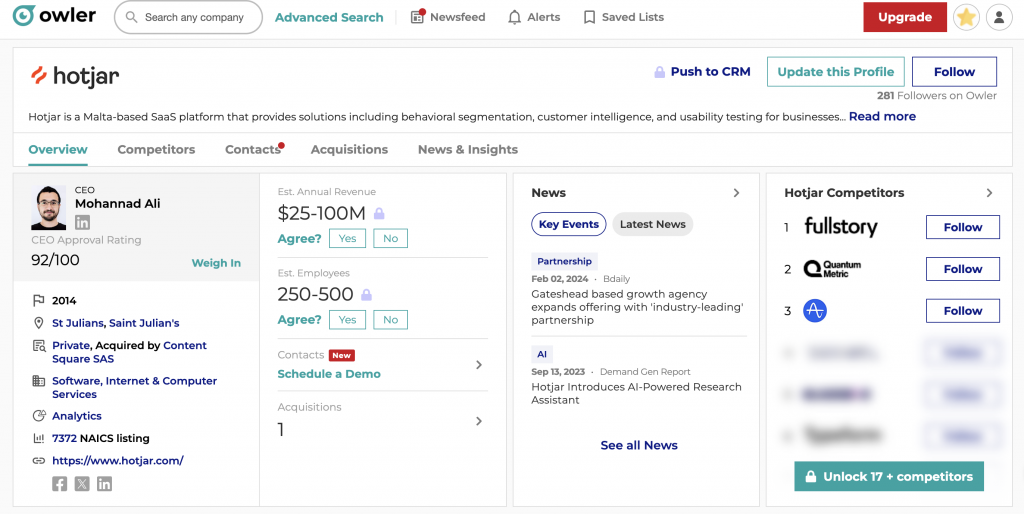
Chapter 5: Social Media and Content Strategy
9. BuzzSumo: BuzzSumo is essential for e-commerce marketers focused on content virality and engagement. It allows you to discover the most shared content across social networks and identify the strategies driving your competitors’ content success. By understanding what resonates with your target audience, you can refine your content strategy to increase engagement and shares. BuzzSumo also helps in identifying key influencers and thought leaders in your industry, providing an avenue for potential collaborations and amplifying your content’s reach.
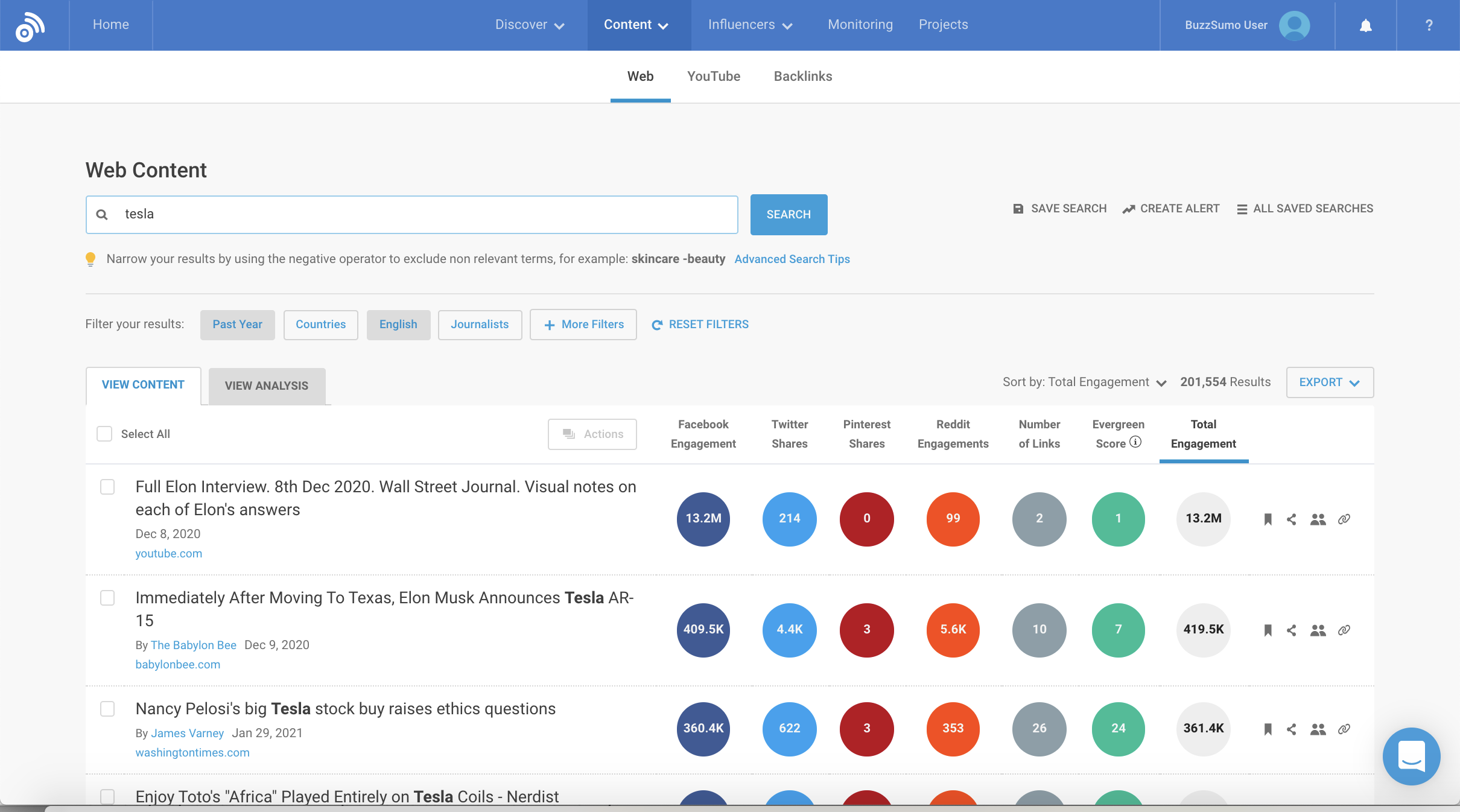
10. Social Blade: Social Blade offers detailed analytics for social media platforms, making it a crucial tool for tracking and comparing your social media presence against that of your competitors. It provides insights into follower growth, engagement rates, and content performance. For e-commerce marketers, understanding these metrics is vital for crafting strategies that improve social media visibility and engagement. By benchmarking your performance against competitors, Social Blade helps you identify areas for improvement and capitalize on your social media marketing efforts.
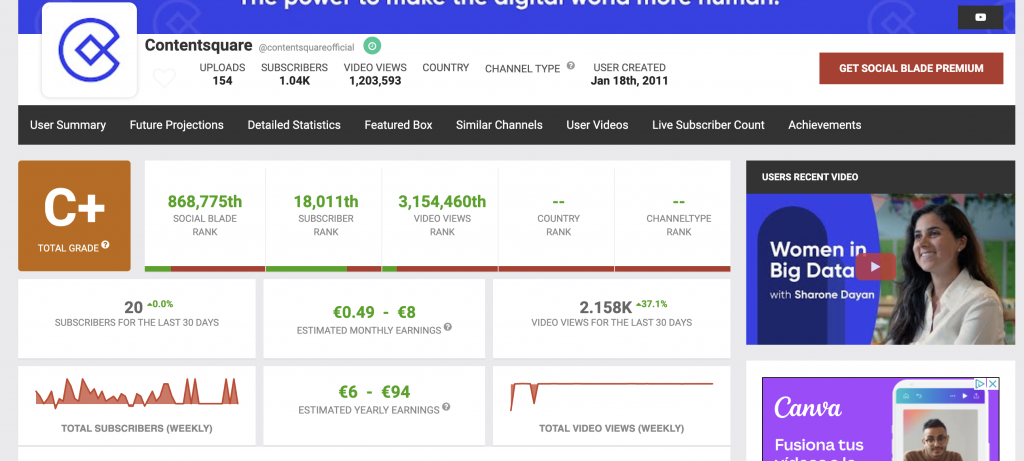
Chapter 6: Integrating Insights into E-commerce Strategy
In the digital age, data is the currency of success for e-commerce marketers. But having a plethora of data at your fingertips is only the beginning; the real power lies in integrating these insights to craft a coherent and effective e-commerce strategy.
Firstly, utilize tools like SimilarWeb, SEMrush, and Ahrefs to gather comprehensive market intelligence and SEO insights. Understanding your competitive landscape in terms of traffic, keywords, and content allows you to identify gaps in your strategy and opportunities for growth. Use this information to refine your SEO tactics, optimize your content, and better target your marketing campaigns.
Next, employ technology-focused tools like BuiltWith and Wappalyzer to stay abreast of the latest e-commerce technologies and trends. By understanding the digital tools and platforms your competitors are using, you can make informed decisions about your technology investments, ensuring your e-commerce site remains at the cutting edge and delivers an optimal customer experience.
Additionally, leverage insights from Crunchbase and Owler to stay informed about market trends and competitor movements. This business intelligence can guide your investment decisions, help you anticipate market shifts, and enable you to strategically position your brand.
Incorporate social media and content insights from BuzzSumo and Social Blade into your strategy to understand what resonates with your audience. This will help you produce more engaging content, tailor your social media approach, and foster stronger customer relationships.

By integrating these insights into your e-commerce strategy, you can create a dynamic, responsive, and customer-focused approach that not only meets but exceeds consumer expectations, driving growth and ensuring long-term success in the competitive e-commerce marketplace.
Conclusion
In the ever-evolving world of e-commerce, staying ahead is not just about keeping pace; it’s about setting the pace. By harnessing the power of competitive analysis tools, e-commerce marketers can gain invaluable insights into the strategies, technologies, and consumer sentiments that drive the market. The ten tools we’ve discussed are more than just instruments for spying on competitors; they are windows into the broader market landscape, offering a bird’s-eye view of industry trends, consumer behavior, and technological advancements.
Integrating the insights from these tools into your e-commerce strategy can transform challenges into opportunities and insights into action. Whether it’s refining your SEO approach, enhancing your content strategy, or improving customer engagement, the knowledge gained can drive significant improvements in your online presence and sales.
Remember, the goal is not just to compete but to lead. By staying informed, agile, and strategic, you can not only keep up with your competitors but surpass them. Embrace these tools, leverage their insights, and craft a winning e-commerce strategy that resonates with your audience and propels your brand to new heights.
In the dynamic world of online retail, knowledge is not just power—it’s profit. Start leveraging these competitive analysis tools today and turn market insights into your competitive advantage.